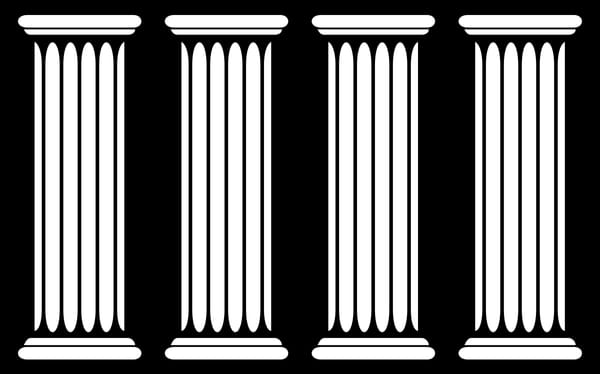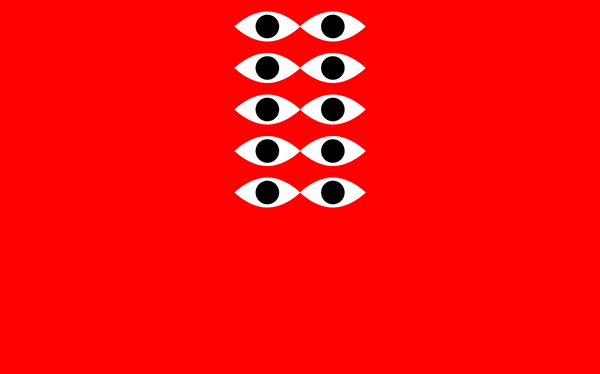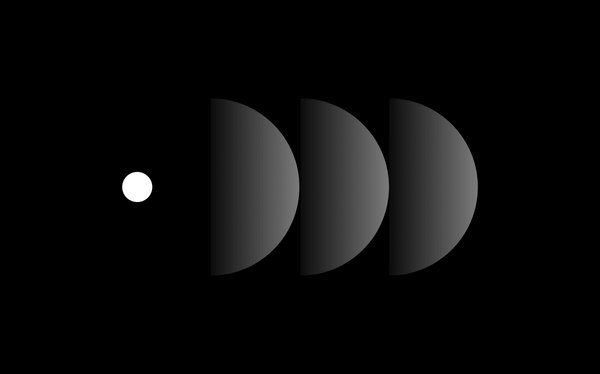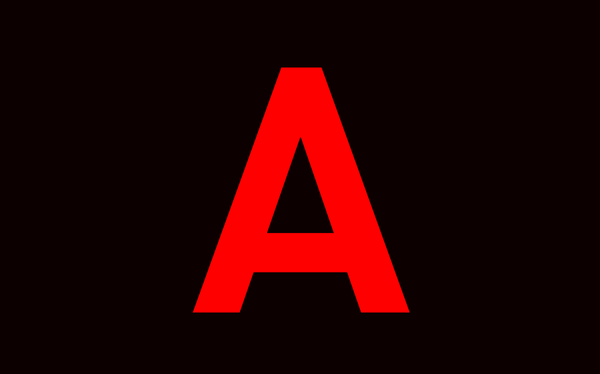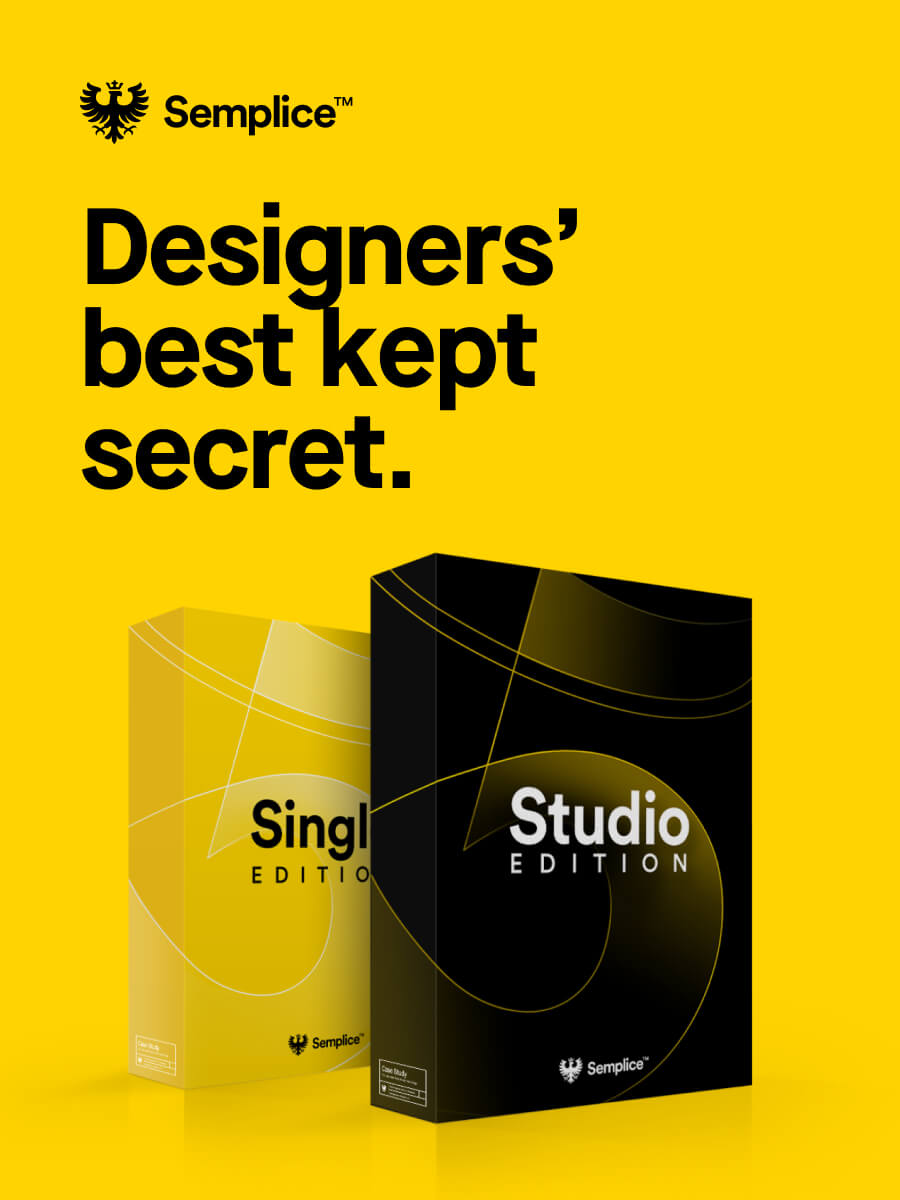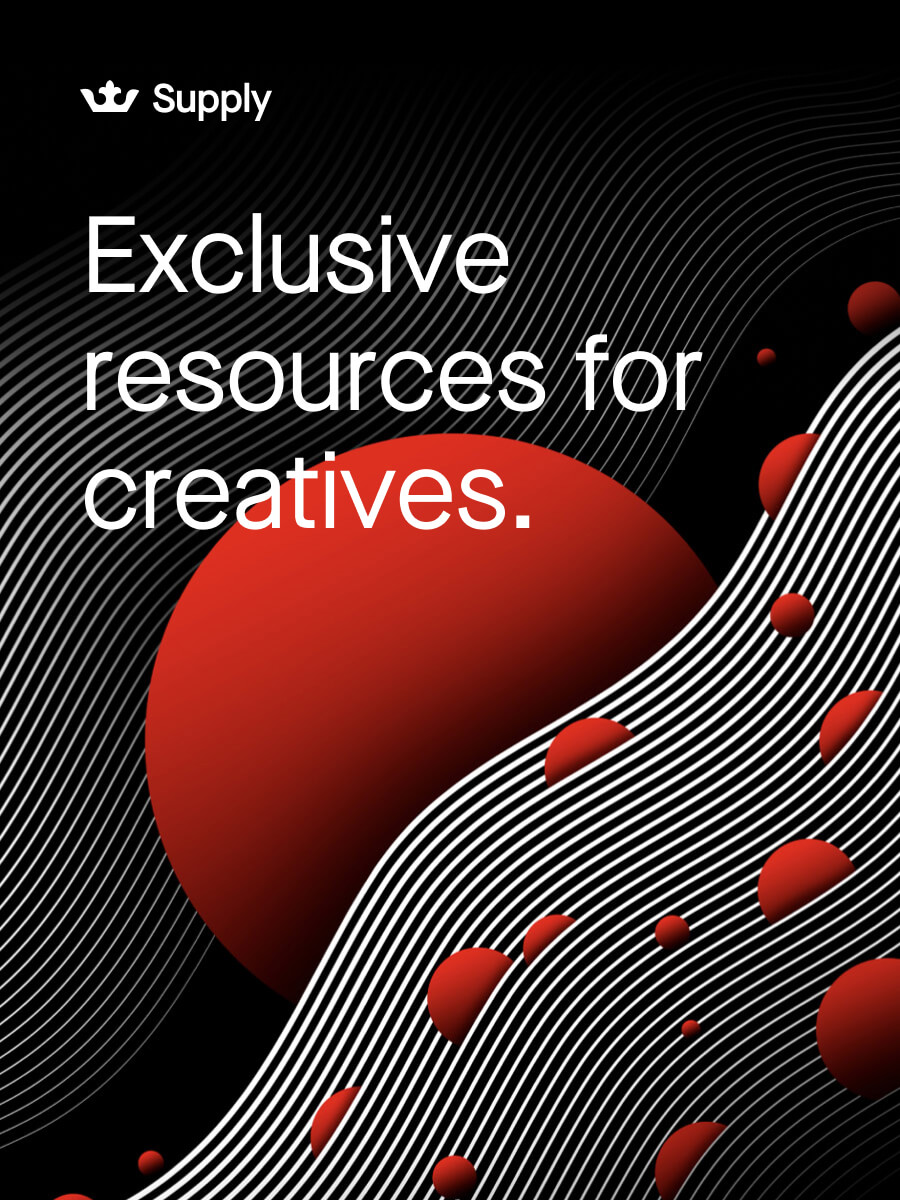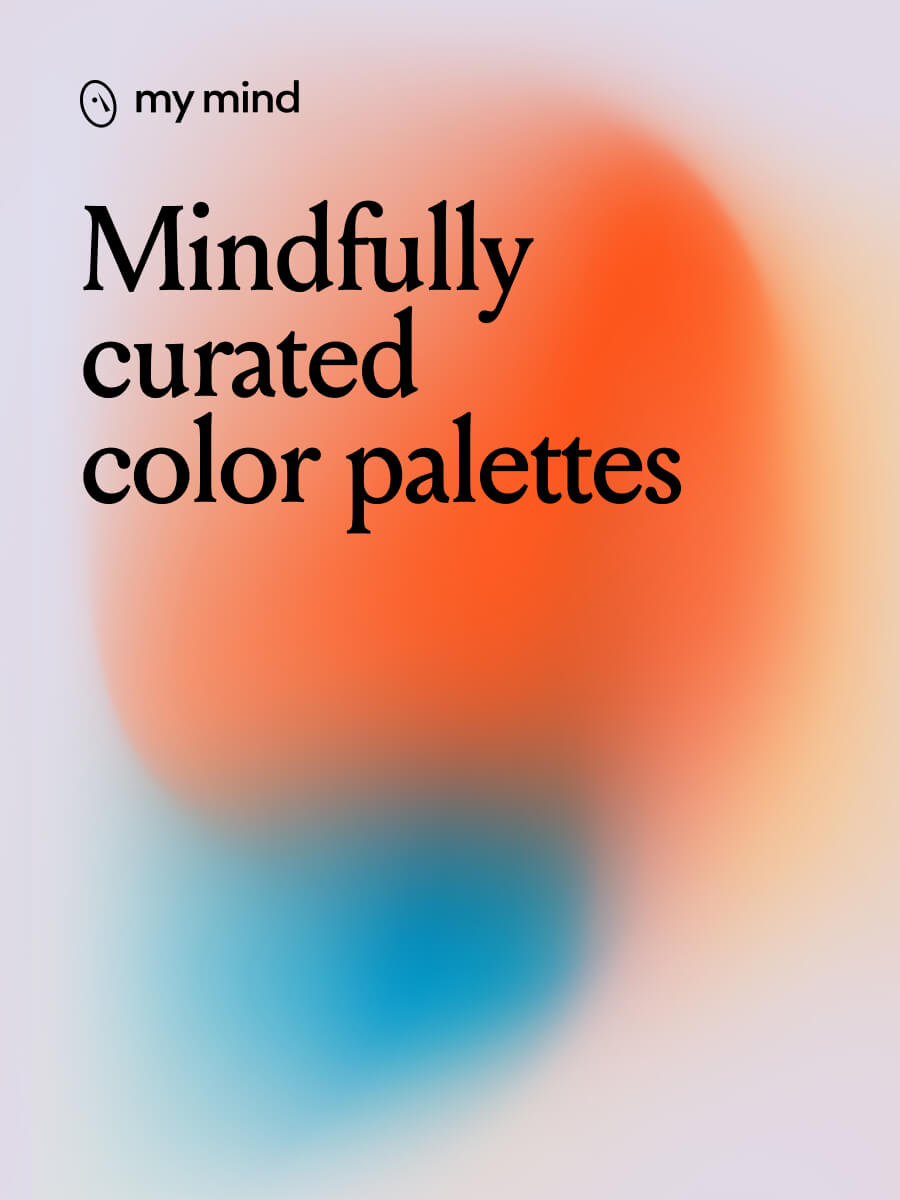Design in Thailand 🇹🇭 featuring Farmgroup
Published
With this latest interview in our Design Around the World series, meet Farmgroup, a creative agency in Bangkok.
Farmgroup's work is delightfully unexpected. I was immediately drawn to their offbeat style as soon as I landed on their website. Then I toured the studio and met the team when I visited Thailand, and they exceeded my expectations. The way they think about design reminds me why I got into it in the first place. Meet Tap, Jean and Irin from Farmgroup.

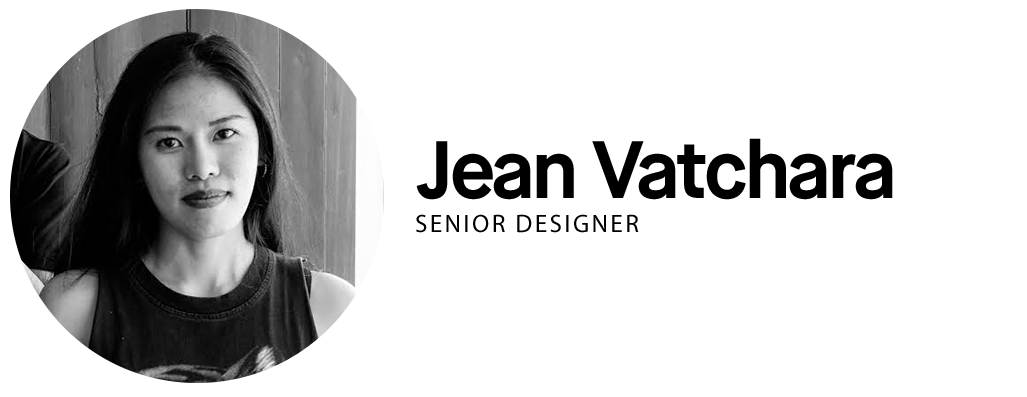
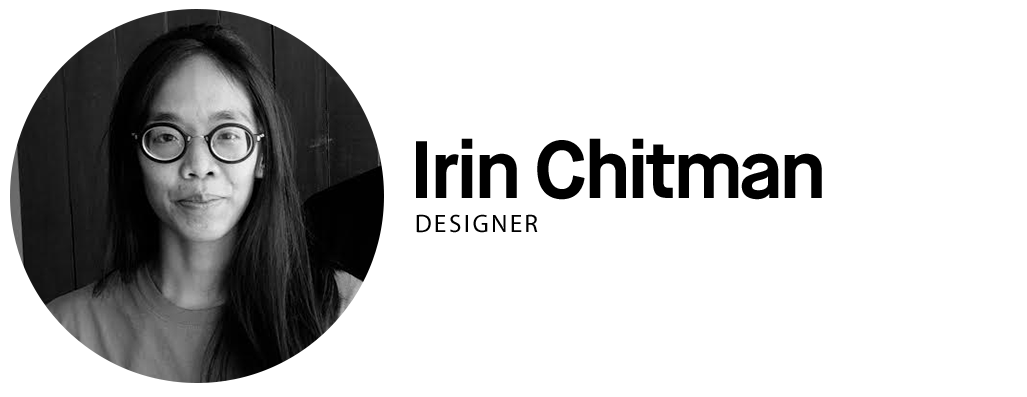
First, tell us a bit about your agency. How many people work at Farmgroup and how did it all begin? And is there a good story behind the name?
TAP: There’s isn’t much story behind our name; it’s something very spontaneous. We wanted something very humble, down to earth and simple. Thailand is an agricultural country and we wanted the name to hint that we’re the ones who produce the work, not the ad agency. So farming seems to be the right name for us. It started as just a small graphic design studio. We first named it “Graphicfarm.” Then when the work caught on, we started to get bigger and bigger projects beyond just graphic design. So we became Farmgroup. The word group was added so there’s a sense of people, a multidisciplinary approach and also open room for future opportunities.
Now we are a full service design consultancy. We design everything from branding, identities, typefaces, prints, digital, events, exhibitions, installations and commercial interior spaces. We believe in integrating these various disciplines to create a complete brand experience for our clients.
We’ve been operating since 2005 and started with only three people. Now we are a team of 20.
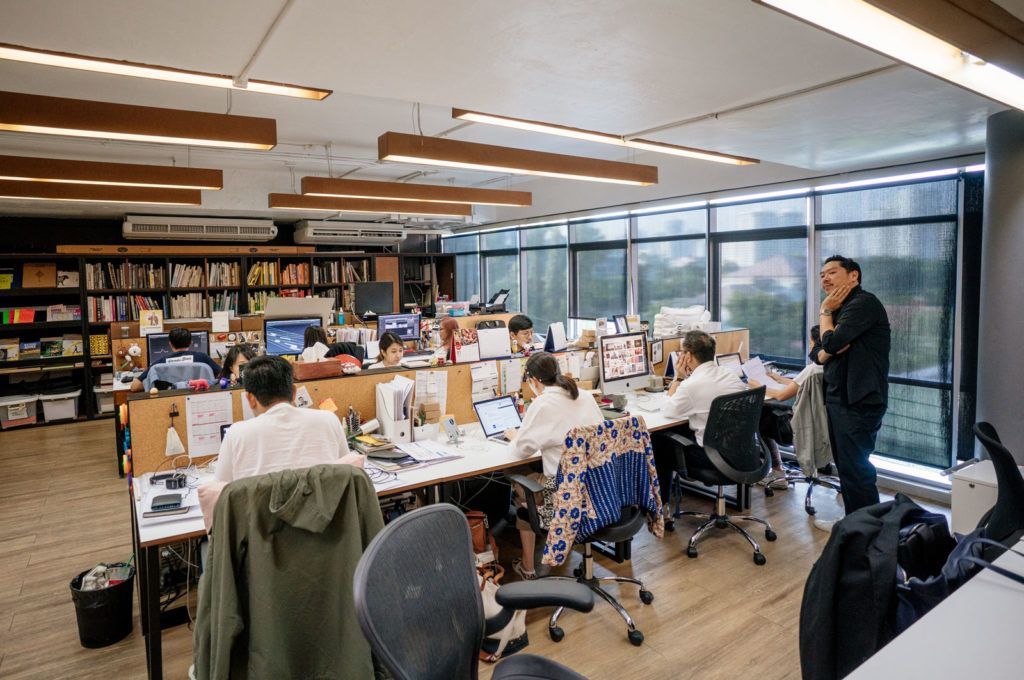
Your website mentions social workers are part of your team. Can you tell us more about that? How does social work fit into the work you produce?
JEAN: When we say social worker, we mean working to improve our society with design. So much can be done in Thailand simply through better awareness of what art and design can do. To make art and design more accessible, Farmgroup annually organizes Hotel Art Fair, bringing galleries around the country under one roof for a weekend (you should come next year).
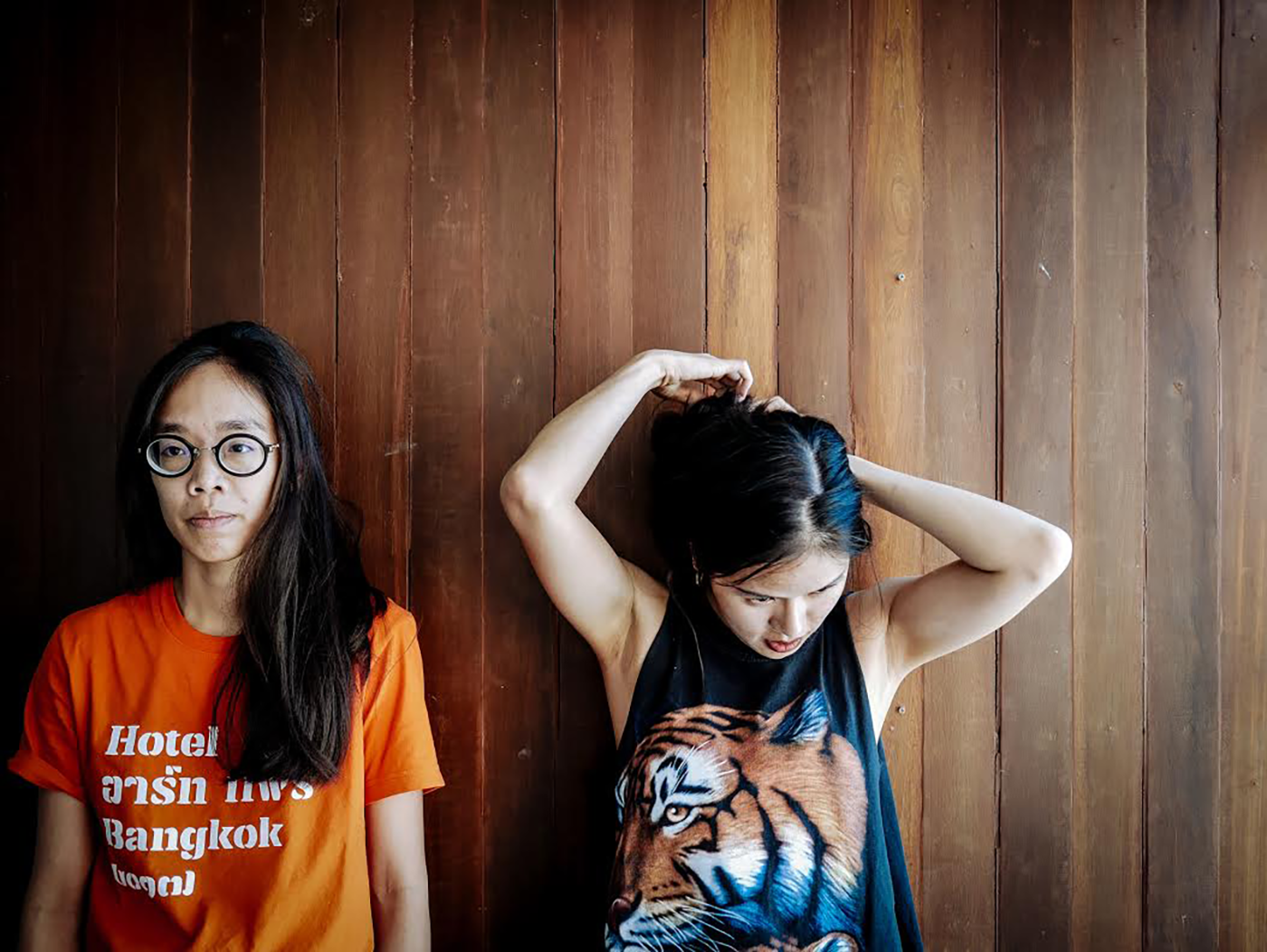
TAP: Running a design firm in a developing country doesn’t give you much freedom to pick and choose projects or clients. Most of our projects are commercial projects, but often we feel like there’s a need to feed our souls. So whenever these two worlds can overlap, it feels great. For example, the Bamboo Chandelier project we did in Chiangrai province. We got to collaborate with local craftsmen and also help them create jobs. They took off from there and are now able to take care of themselves and their villages.
We also take on many pro bono projects. There is no limit to how many we take on in a year, just as long as we can do it and it doesn’t affect the existing paid projects. Most of our team members are also independent volunteers in numerous fundraising projects. The firm also initiates our own art and culture events to support local artists and designers.
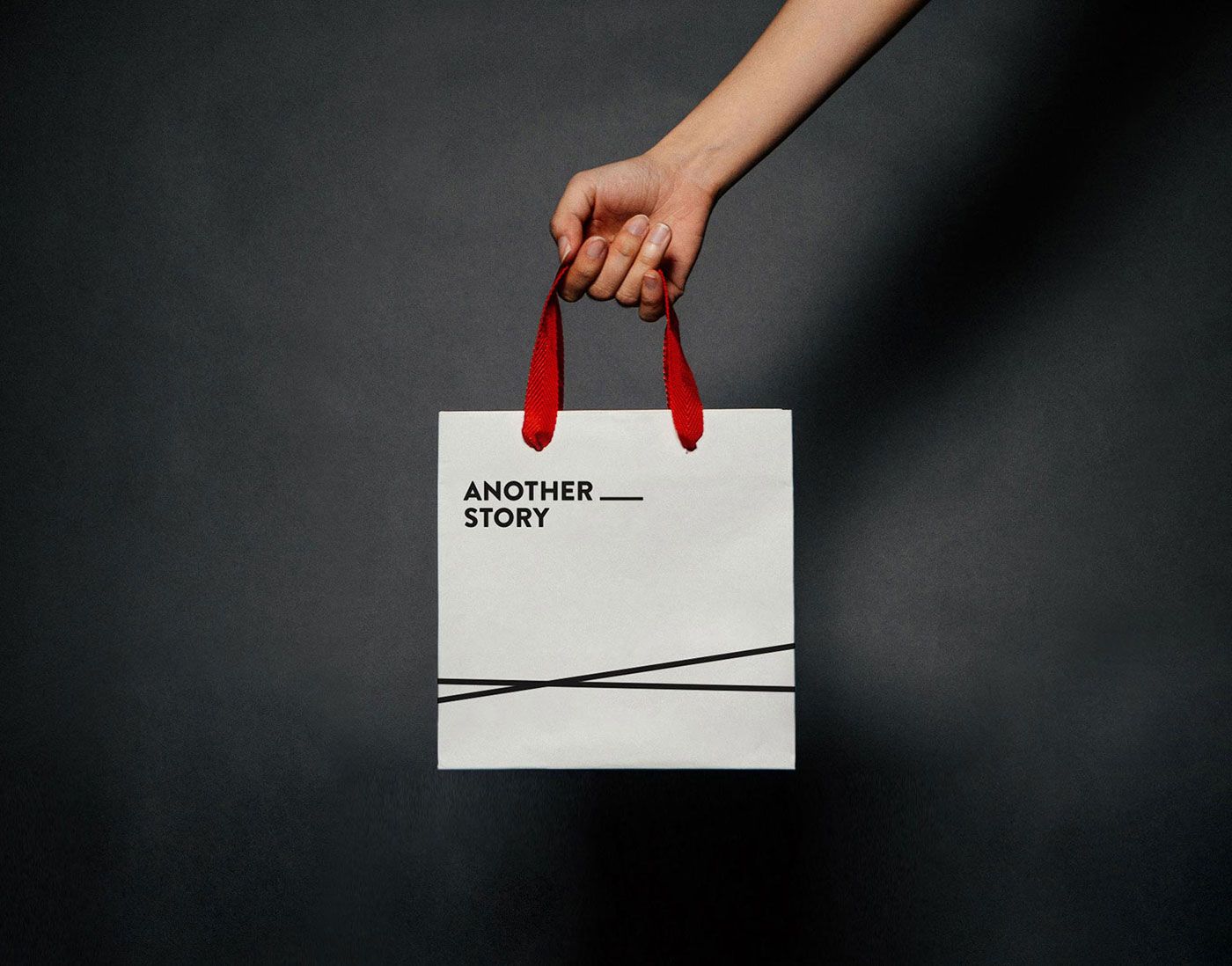
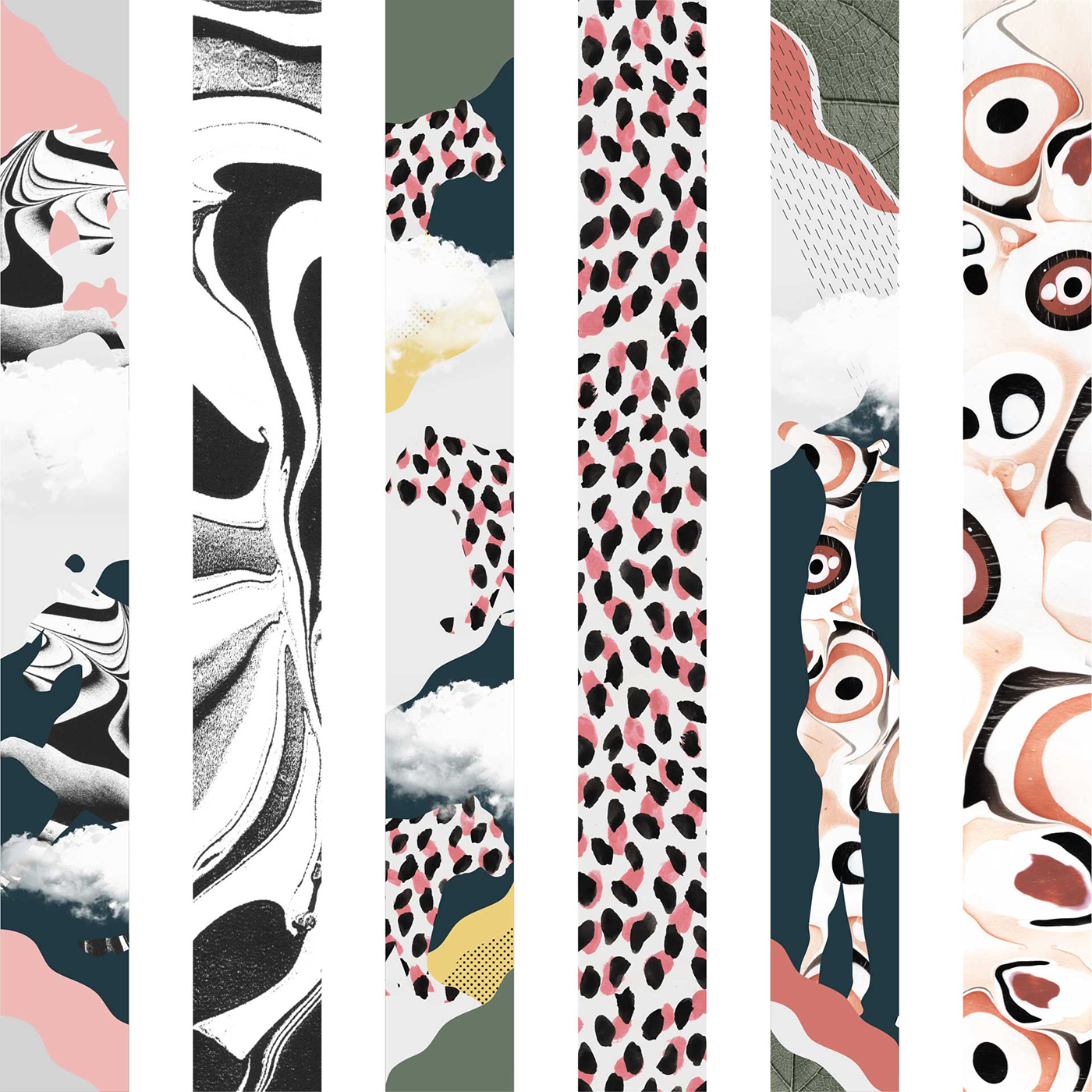
It seems like a lot of your clients are based in Bangkok or somewhere else Thailand. Do you choose to work mostly with local clients? How common or uncommon is it for agencies to work with clients outside of Thailand?
IRIN: Tap and the partners are usually the ones who find and select the clients. When they get the projects, they ask us designers whether we would like to do them or not. I believe that the location of the clients is not something we chose consciously.
Out of all the projects I’ve done this year, only two are for clients who are based outside of Thailand. But confusingly enough, although these two projects are for international clients, the target audiences are in the end Thais. On the other hand, we have projects for clients who are Thais but are working for global international brands, or are hoping to release their new Thai product outside of Thailand. So, in the end, which projects are considered international?
With the help of technology (FaceTime, the Internet etc.), borders and distance between countries are not much of a problem. Regional economic policies, on the other hand, are larger factors. Luckily, the Association of Southeast Asia Nations Economic Community (AEC) are slowly turning the region into a single market and hopefully making the process of hiring across borders easier and more common than before.
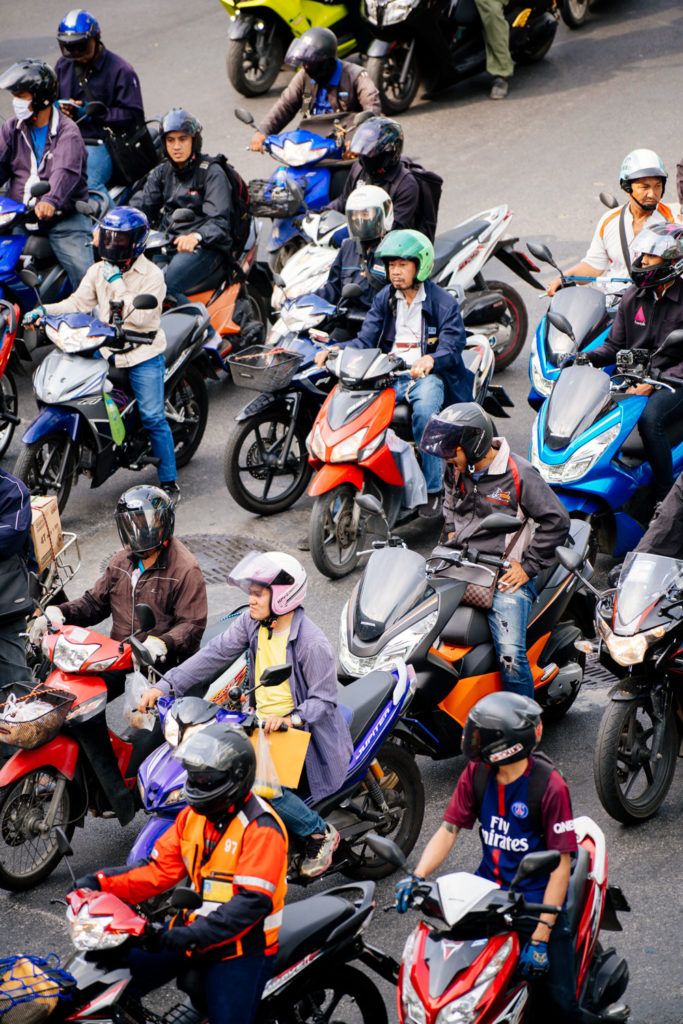
What’s the design community like within Bangkok? Beyond your own events, are there opportunities for designers to connect and learn from each other?
TAP: The design industry in Thailand is young, but growing fast. New generations of designers are very active and connected. You can see that there are small talks, workshops and design markets happening almost every other week. We have also seen design firms from Singapore, Indonesia and Malaysia starting to interact with the Thai design scene in the past couple of years. We’ve had a full-time junior designer from Malaysia on our team before. We’ve also received many visits from design firms in Southeast Asia.
IRIN: In terms of official larger events, this year alone we have the Bangkok International Typographic Symposium (BITS), the Type Directors Club Exhibition, the Bangkok Art Book Fair, the Wallpaper Thai Edition Design Talk and a Design Film Festival Bangkok. We also have official associations like the Thai Graphic Designers Association (ThaiGA) and the Typographic Association of Bangkok (TAB). The designers who show up to these events or associations are usually familiar faces — people we already know or have at least heard about.
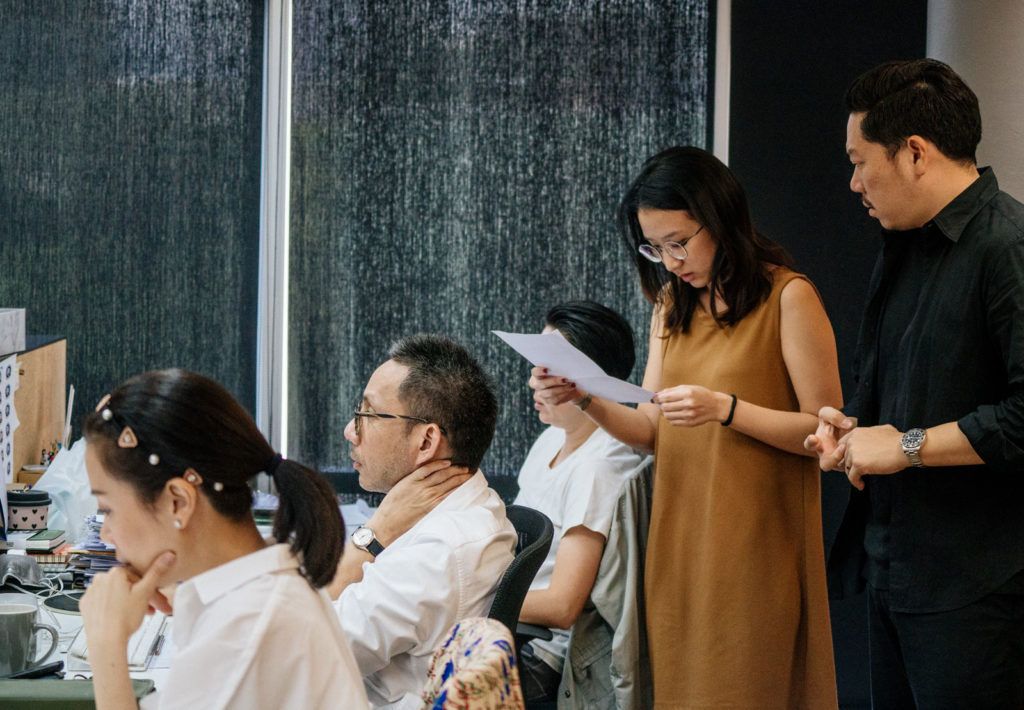
"Graphic design is relatively young in this country; we are all still finding a place to stand in the world."
When I picture the Thai aesthetic, I think of ornate textiles, tile work and temples. Does that translate into Thailand’s graphic design style at all? How does your culture and history influence the work you do today and what are perfect examples of typical Thai design style, in your opinion?
JEAN: The ornate textiles, tile work and temples are more of a product rather than a process. Ornaments are often used when one wants to convey heritage, but I wouldn't say that this is engrained in the Thai graphic design style, which is much more contemporary.
Farmgroup, however, has a different way of work. It is less straightforward. Spontaneity and I dare say, a little bit of cheekiness comes into play. Graphic design is relatively young in this country; we are all still finding a place to stand in the world. I think one of our fortés is being crafty (in both meanings).
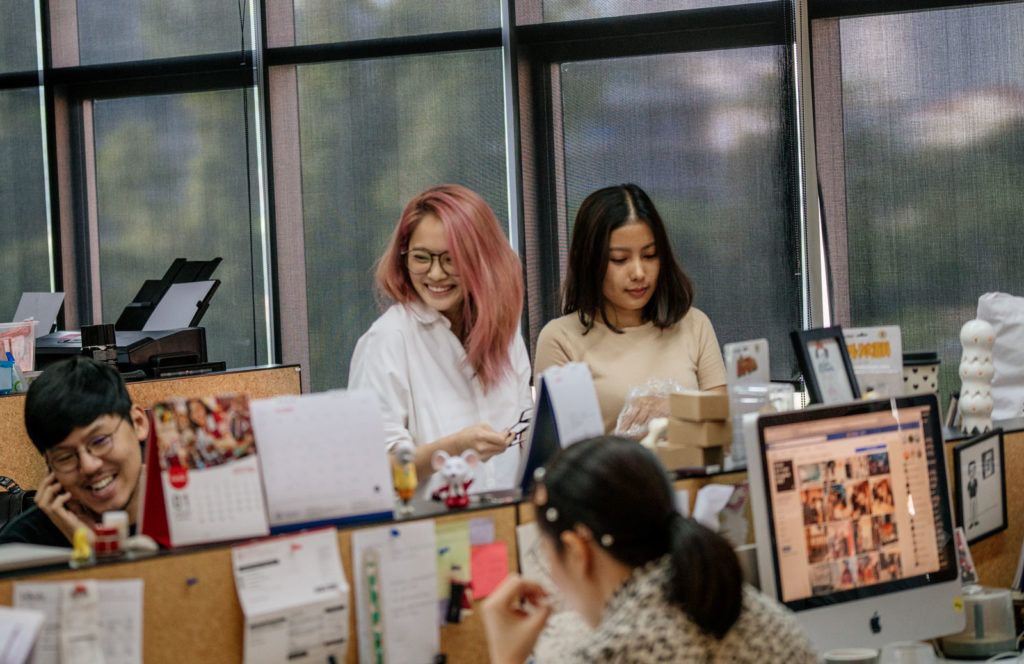
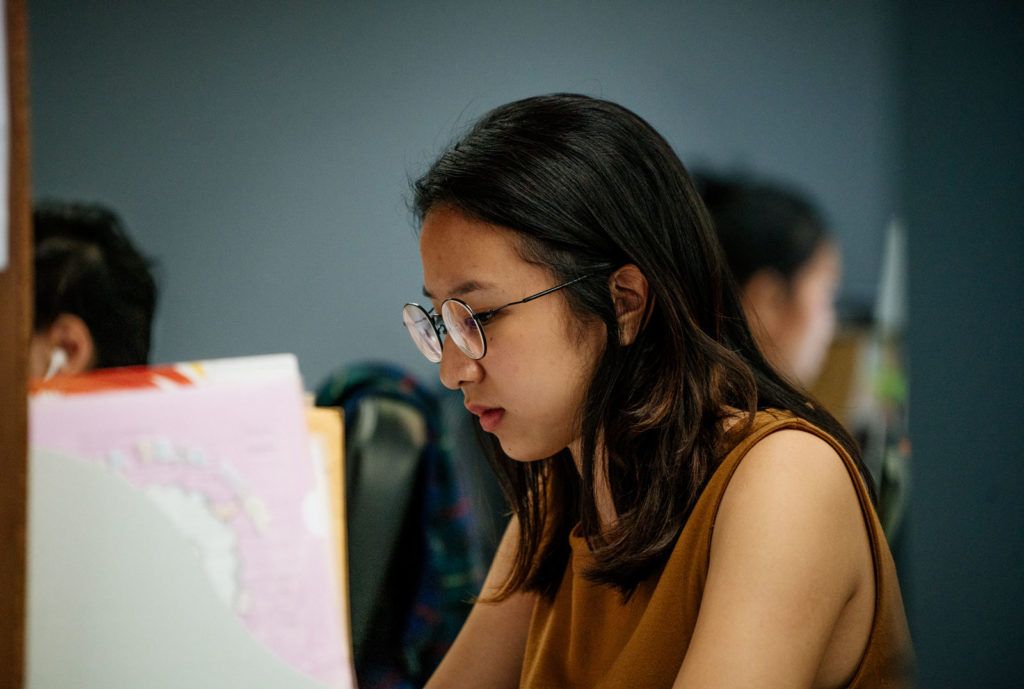
Bangkok is one of the world’s top tourist destinations and the food scene seems to be booming right now too. Are these cultural trends affecting the design community? What kind of work are most designers in Thailand looking to do right now?
IRIN: Bangkok being one of the world’s top tourist destinations definitely has less apparent effects than the booming food scene. We do have several projects that deal with Thai-ness, but the audiences for these projects are mostly Thais or expats, not tourists. Perhaps we play with Thai-ness and borrow from our heritage in our projects purely out of the same nationalistic fever taking over the entire world. Joking.
As for food, Bangkok is completely saturated with nice cafes and restaurants with Instagram-ready interior design (or at least a corner or wall). Naturally, when we get a cafe or restaurant project, it is becoming more of a (good) challenge for us to somehow find a place in that market for it to exist. Personally, I do like working on F&B projects for I too like spending on food and exploring the new restaurants.
"For us, it is not just about creating good design, but also making the wider audience understand what good design is."
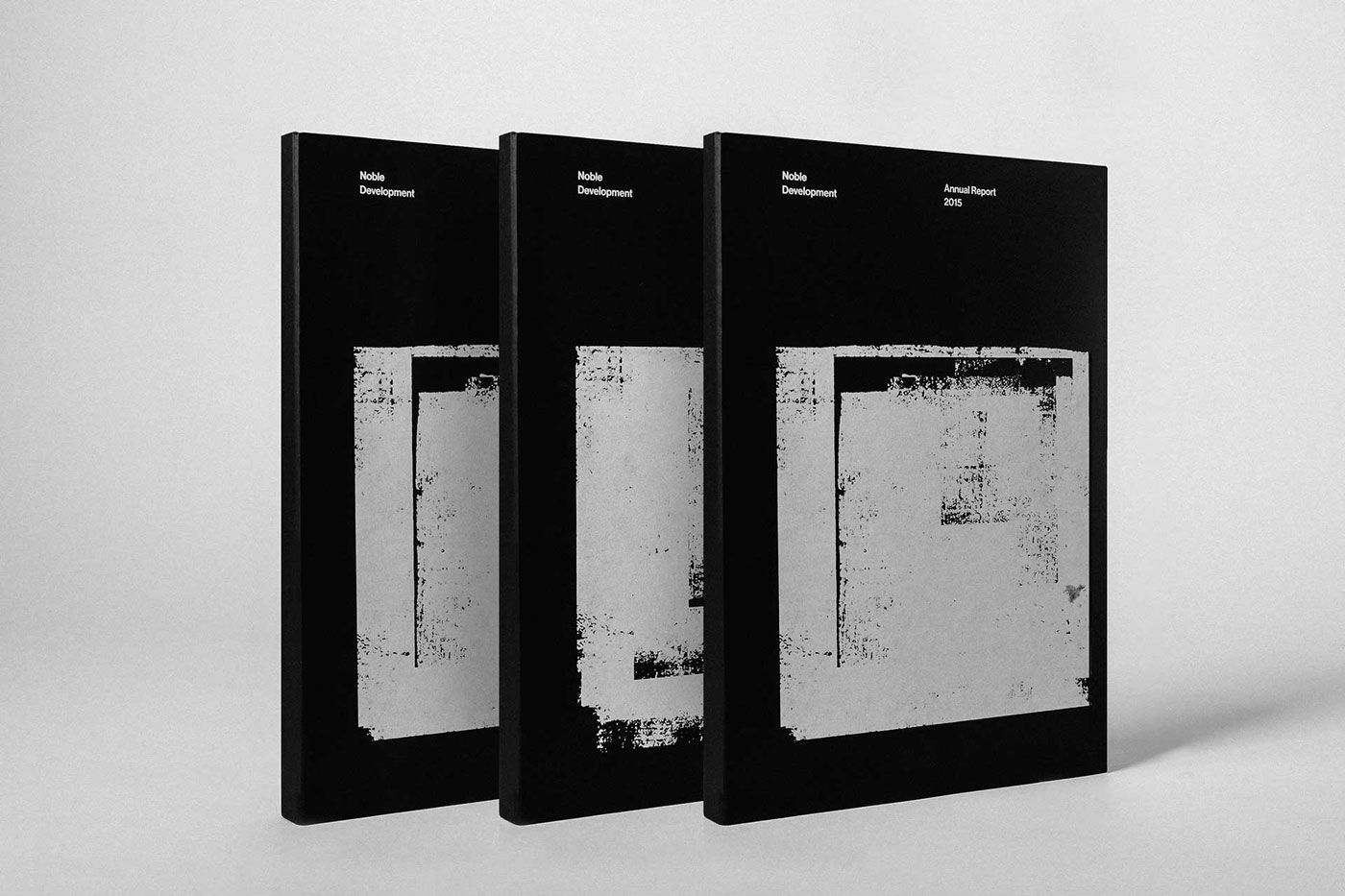
Why is good design important? What is good design and what does it mean to you at Farmgroup?
JEAN: Good design is important because it make our lives run more seamlessly. A piece of good communication design, for example, makes you understand a complex message in a matter of seconds. The interplay between the image, shapes and words creates something complex and occasionally unexpected. Good design works around human capabilities. It is so important, especially in the world today, when we are inundated and drowning in information, to get messages across as clearly, quickly and effectively as possible. It’s our job to get everyone on the same page about something.
TAP: Good design means everything to us. That is the reason we get up everyday to come to work. For us, it is not just about creating good design, but also making the wider audience understand what good design is. As a developing country, knowledge of design for the general public is very low, so it is our duty to stay committed to our crafts and educate others at the same time.
"Where there is no risk, there is no creative breakthrough."
You’ve won awards from both local and national organizations. Would you say Thailand as a whole appreciates and celebrates good design? Why or why not?
JEAN: Not as much as we’d like them to. The word "good" is rather subjective, because everyone aspires to have the best design they can possibly have. However, their perception of what is good very much differs to ours. We consider good design to be effective in both form and function. It should communicate a point (or a few) effectively. It may mean occasionally challenging the views of the norm. However, the general public may seek something much more comforting and familiar. The appreciation of risk is not there yet. Where there is no risk, there is no creative breakthrough.
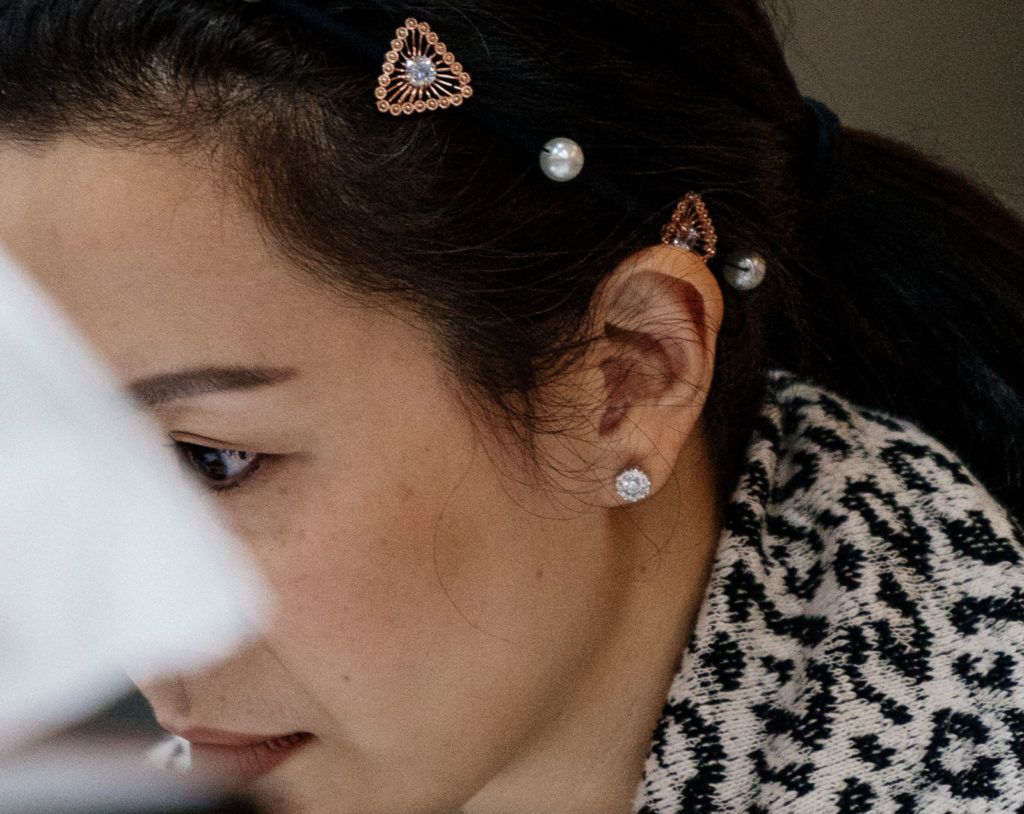
TAP: To be honest, we don’t really care or believe in design awards at all. But again, Thai clients seems to care about it maybe because they do not have enough knowledge in design, and an award is the only guarantee that they can hold on to when selecting a design firm. We’ve realized that in the past couple of years, so that's why we started to submit some works to local and regional design competitions.
Thailand as a whole does not appreciate good design enough to see it as an important investment. I think this is just part of being a developing country like us. Design is still undervalued and overlooked most of the time.
In your opinion, what are the top 10 design studios or designers from Thailand that everyone should know?
TAP: Oh, wow… this list is going to be very personal. But here it is, in no particular order or category:
Farmgroup (of course!)
B.U.G Studio
Pink Blue Black & Orange
Cadson Demak
Practical Design Studio
KKelvin Studio
TNOP Design
Slowmotion Design
Conscious
Ductstore the Design Guru
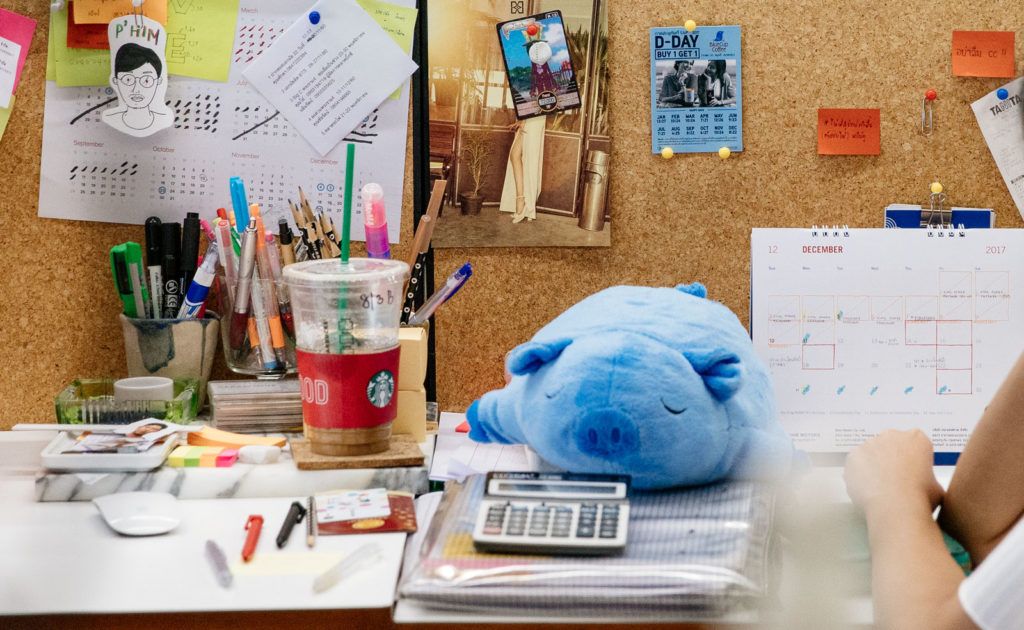
And now to our last question: How can all designers and design communities from other countries do a better job of communicating with each other? How can we become more engaged with Thailand’s design community? Are there any blogs or specific magazines we can follow?
JEAN: That’s a good question; I do feel that we spend much of our time within our own country. We do look at what other countries are up to, but there is not much dialogue exchanged. A conference, perhaps. What we do is when we are abroad, we visit other design studios to exchange our work and connect.
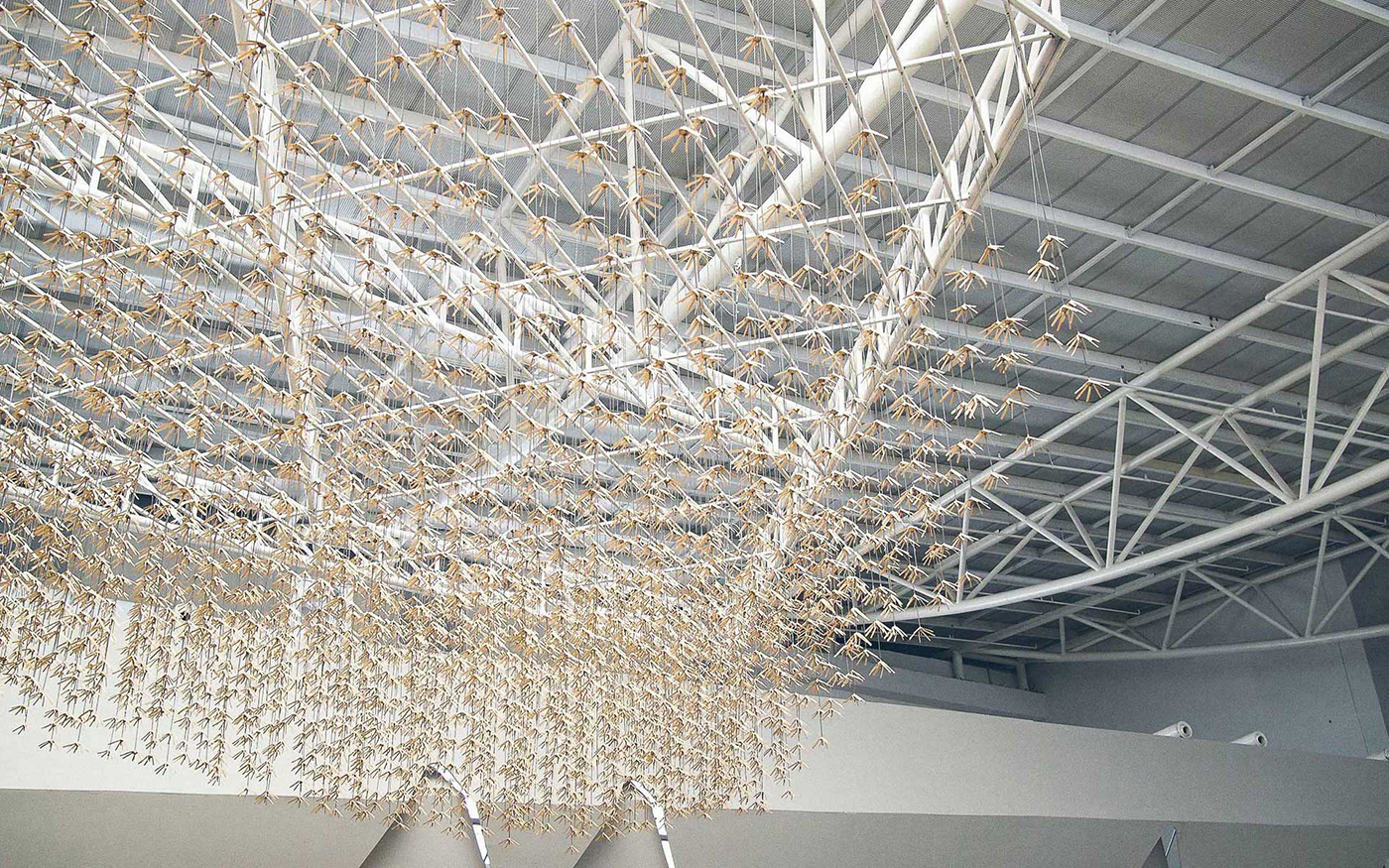
TAP: Technology now give us freedom to connect, I think it’s just a matter of reaching out or not. Like Jean said about studio exchange, we are taking a company trip to Shanghai in January 2018 and we’ve reached out to a couple design firms there to see if we can visit and meet them. They are super nice and willing to give us a tour and chat with us.
So it is not difficult to connect to each other, you just have to do it.
–
Tap, Irin & Jean - THANK YOU. I loved hearing your unique perspectives and thoughts on the Thai design community, and I can't wait to see what you do next.
Readers, be sure to check out Farmgroup's website and follow their work on Instagram. And if you're just now jumping into the series, catch up on our other Design Around the World features here.
Read more
© 2021 House of van Schneider LLC
All rights reserved.
MORE ABOUT TVS
About DESK
Curated mixtapes
DESK partnerships
BECOME A FRIEND
Twitter
Dribbble
Instagram
We're sorry, our pandas couldn't find any articles
Why don't you take a look at popular topics like
Design, Productivity or Self-Improvement?

